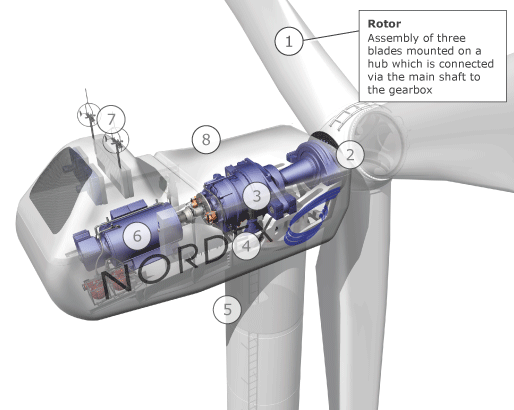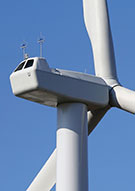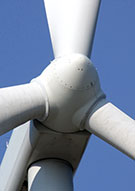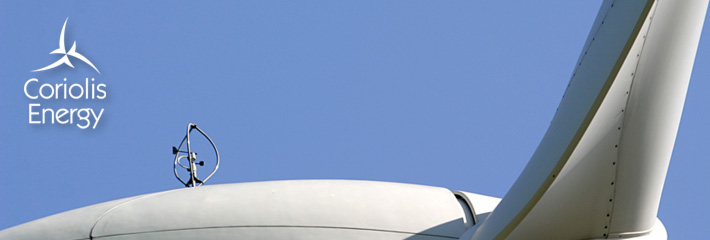

Development Of Wind Technology
The earliest recorded (traditional) windmill dates from the year 1191 at the Abbey of Bury St Edmunds in Suffolk. Replacing animal power for grinding grain, the popularity of windmills grew steadily until by 1400 there were some 10,000 in England, mostly in the East of England, Kent and Sussex. With the introduction of iron components in the 19th century, the traditional windmill reached its high point and was a common sight in towns and villages across the country.
The first use of a windmill to generate electricity was by a Charles F Brush in Cleveland, Ohio in 1888 and by 1908 there were over seventy in operation, with capacities ranging from 5-25 kW. By the 1930s windmills with capacities as high as 100 kW were in widespread use as a source of electricity, particularly in areas where centralised distribution systems had not been installed.
In the modern era the rate of technological development has increased dramatically, driven mainly by rising fossil fuel prices and concerns over climate change, and turbine capacity has roughly doubled every five years:
Date |
Typical capacity |
Typical blade length |
Typical technology (onshore) |
Mid 1990s |
400-500 kW |
15-25m |
Fixed rotational speed and fixed blade pitch angle |
2000 |
1,000 kW |
25-35m |
Dual rotational speed and fixed blade pitch angle |
2010 |
2,000-3,000 kW |
35-45m |
Variable rotational speed and variable blade pitch angle |
Today |
3,000-4,000 kW |
45-65m |
Variable rotational speed and variable blade pitch angle |
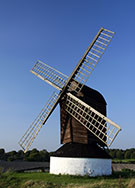
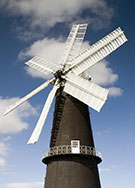
Today wind turbines are generally considered to be the most mature form of renewable energy technology, with industrial giants such as Siemens and GE amongst the leading manufacturers. In 2017 there were over 15GW (15,000,000 kW) of wind energy installed in the UK alone of which 10GW was onshore. In 2016 wind generated 11.1% of UK electricity of which over 60% was from onshore projects.
How A Wind Turbine Works
As the wind starts to blow, yaw motors turn a turbine’s nacelle so that the rotor and blades face directly into wind. The blades are shaped with an aerofoil cross section (similar to an aircraft wing) and this causes air to move more quickly over one side than the other. This difference in speed causes a difference in pressure which in turn causes the blade to move, the rotor to turn and a rotational force (or torque) to be generated.
The rotor is connected to a gearbox (on most turbines) and in turn to a generator housed in the nacelle that converts the torque into electricity. The electricity is then fed into a transformer located either inside or just outside the turbine which steps up the voltage to reduce losses in transportation. From there the electricity travels through underground cables to a small sub-station, usually on the wind farm site, where the voltage is stepped up through further transformers and exported to the local grid.
Typically turbines start to generate electricity in wind speeds of 3-4 m/s (7-9 mph) which in the UK are generally experienced 75%-85% of the time. The amount of torque (and so electricity) generated increases with wind speed up to around 15 m/s (34 mph) where the maximum (or rated) capacity of the turbine is reached. Output is then maintained at this level until a turbine is shut down when the wind reaches high speeds of around 25m/s (57 mph) to protect it from excessive loads - though the turbines are in fact designed and certified to withstand wind speeds up to 70 m/s (157 mph).
The basic components of a turbine are described in the interactive diagram below.
